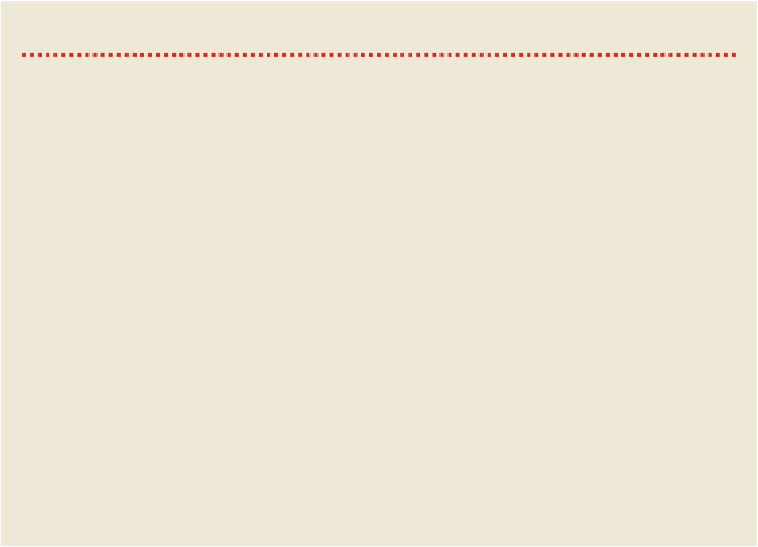Travel Reference
In-Depth Information
downright ugly, as a brutal civil war culminated in the genocidal rule of the Khmer Rouge
(1975-79), from which Cambodia is still recovering.
THE KHMER ROUGE TRIAL
The Vietnamese ousted the Khmer Rouge on 7 January 1979, but it wasn't until 1999 - after two dec-
ades of civil war - that serious discussions began about a trial to bring those responsible for the deaths
of about two million Cambodians to justice. After lengthy negotiations, agreement was finally reached
on establishing a war crimes tribunal to try the surviving leaders of the Khmer Rouge.
It took another decade for the first verdict in the Extraordinary Chambers in the Courts of Cambod-
ia (ECCC) trial. In that time one of the key suspects, the one-legged general Ta Mok ('the Butcher'),
died in custody. Case 001, the trial of Kaing Guek Eav, aka Comrade Duch, finally began in 2009.
Duch was seen as a key figure as he provided the link between the regime and its crimes in his role as
head of S-21 prison. Duch was sentenced to 35 years in 2010, a verdict that was later extended on ap-
peal to life imprisonment.
Case 002 began in November 2011, involving the most senior surviving leaders of the Democratic
Kampuchea (DK) era: Brother Number 2 Nuon Chea (age 84); Brother Number 3 and former foreign
minister of DK Ieng Sary (age 83); and former DK head of state Khieu Samphan (age 79). Justice may
prove elusive, however, due to the slow progress of court proceedings and the advancing age of the
defendants. Ieng Sary died in 2013 and his wife and former DK Minister of Social Affairs Ieng Thirith
(age 78) was ruled unfit to stand trial because of dementia. Verdicts in Case 002 were due some time
in 2014.
Case 003 against head of the DK navy, Meas Muth, and head of the DK air force, Sou Met, is meant
to follow Case 002. However, investigations into this case stalled back in 2009 under intense pressure
from the Cambodian government, which wanted to draw a line under proceedings with the completion
of Case 002. Prime Minister Hun Sen in particular is strongly opposed to Case 003, and few observers
give any chance of a third trial actually taking place.
Funan & Chenla
The Indianisation of Cambodia began in the 1st century AD as traders plying the sea route
from the Bay of Bengal to southern China brought Indian ideas and technologies to what
is now southern Vietnam. The largest of the era's nascent kingdoms, known to the Chinese
as Funan, embraced the worship of the Hindu deities Shiva and Vishnu and, at the same
time, Buddhism.
From the 6th to 8th centuries Cambodia seems to have been ruled by a collection of
competing kingdoms. Chinese annals refer to 'Water Chenla', apparently the area around
the modern-day town of Takeo, and 'Land Chenla', further north along the Mekong and
around Sambor Prei Kuk.


Search WWH ::

Custom Search